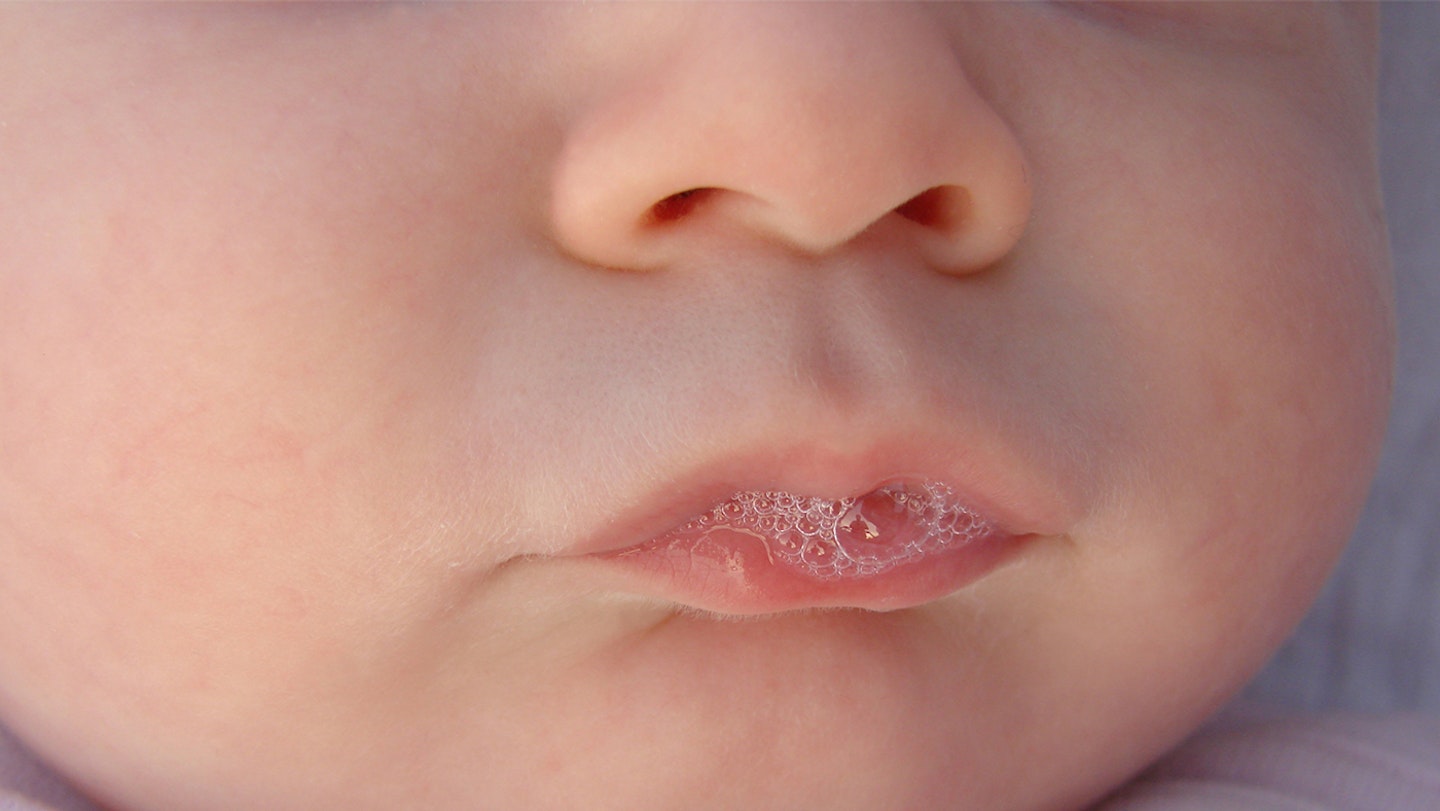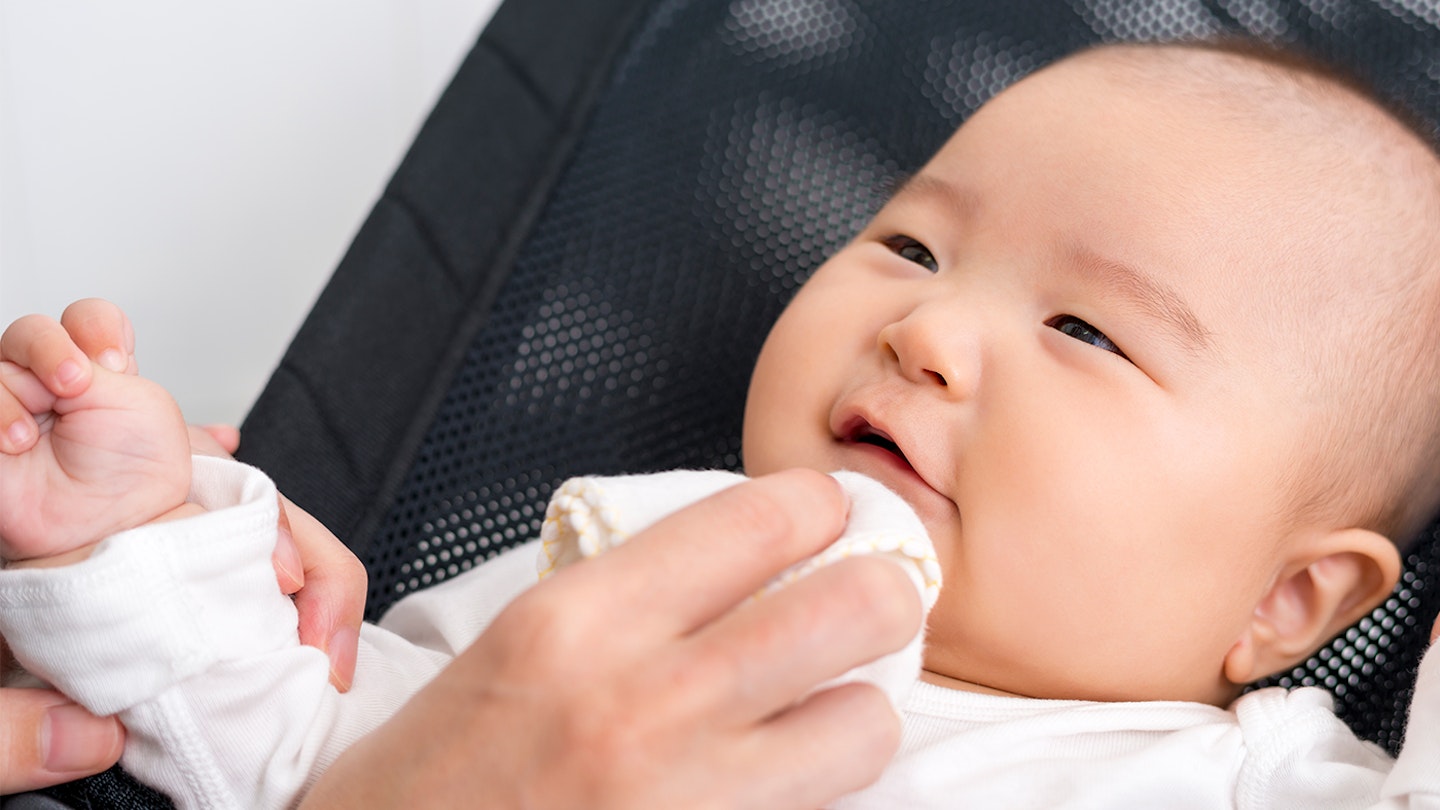Babies can experience a multitude of different rashes as they grow up and it can be tricky to know when to worry or not. Thankfully teething rash is one of the more harmless rashes which is usually a symptom of teething.
What is teething rash?
Also known as drool rash, teething rash is a rash caused by saliva which is found on the face.
What causes teething rash?
Babies aren't able to stop the saliva escaping when they're very young and if this excess saliva stays on their skin, it can cause their mouth and/or chin to become inflamed as a result. This type of rash is generally attributed to teething simply because babies often dribble more when a new tooth is coming through.
Another time for an increase in dribbling is around six months as the highly-evolved body prepares for family foods that need more moisture to work with.
What does it look like?
Appearing on their mouth and/or chin, teething rash is usually red and inflamed. It's often sore and itchy and sometimes the skin can appear dry and cracked.
How to help teething rash
We know it's tricky, but the best way to ease teething rash is to keep the area as dry as possible so that the skin can heal and to prevent further irritation. You may wish to add some Vaseline to the rash before going outside to protect it against the weather.

How to prevent teething rash
You're probably already well stocked up with baby bibs but once you've noticed the signs of teething, ensure your baby is wearing one frequently to catch the dribble. You can also use this to mop their face of any dribble.
You should keep clothes as dry as possible with a regular change of absorbent bibs and make sure those are washed and dried thoroughly and regularly to stop them from becoming smelly.
As soon as your baby starts to go through the dribbling stage, you can ensure that their chin is protected by using a very simple barrier ointment such as a thin smear of Vaseline. You should avoid products with more than a couple of ingredients as they are more likely to increase irritation than reduce it.
How to tell the difference between teething rash and eczema
Due to how similar the two look, it can be confusing trying to work out if your baby has teething rash or baby eczema, especially because both are forms of dermatitis, which is where the skin becomes dry and irritated. The easiest way to tell the difference is that teething rash can be treated simply by keeping the area saliva free whereas baby eczema requires treatment such as eczema cream.
When should I see a doctor?
If your baby's dribble rash isn't going away easily after a day or two of keeping your baby's mouth or chin dry or you start to notice other symptoms aside from the rash, you should contact your GP.
If you suspect your baby may be showing signs of meningitis including fever (a temperature of more than 38˚C), vomiting, refusal to feed, a high-pitched or moaning cry and irritability, you should call 999 or visit A&E immediately.
